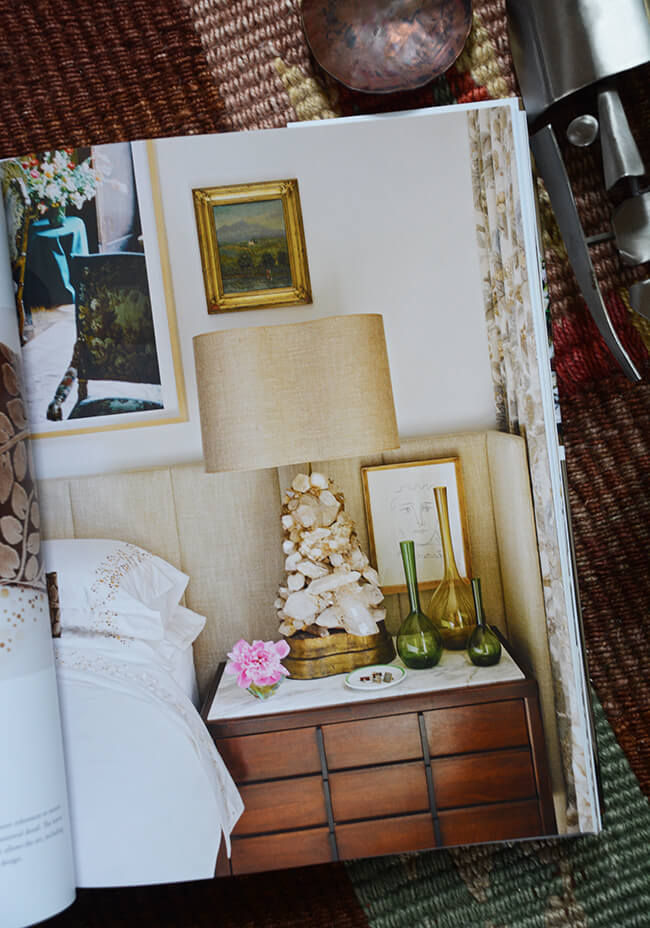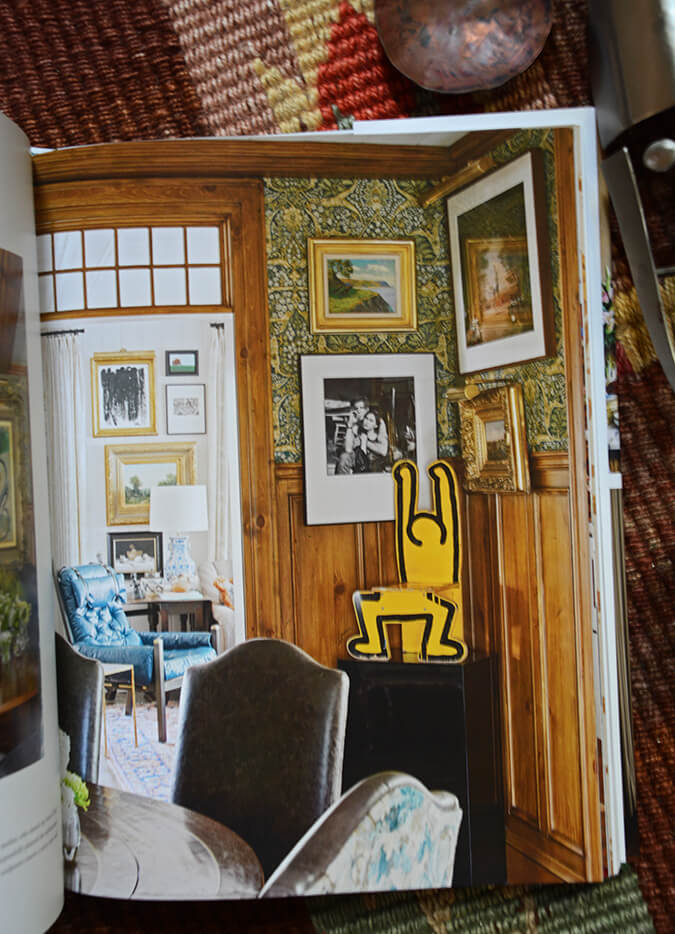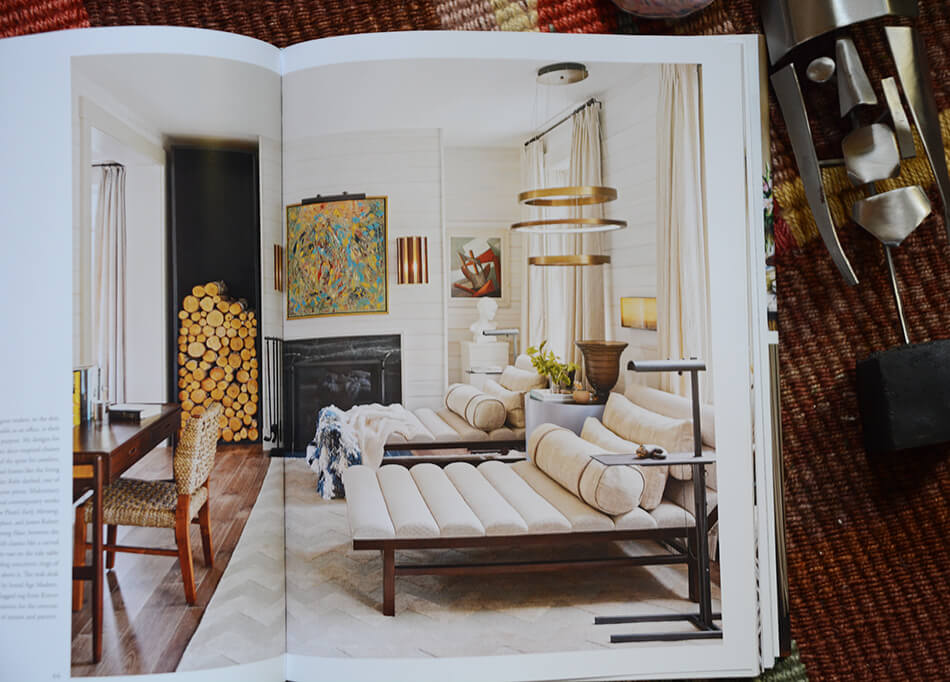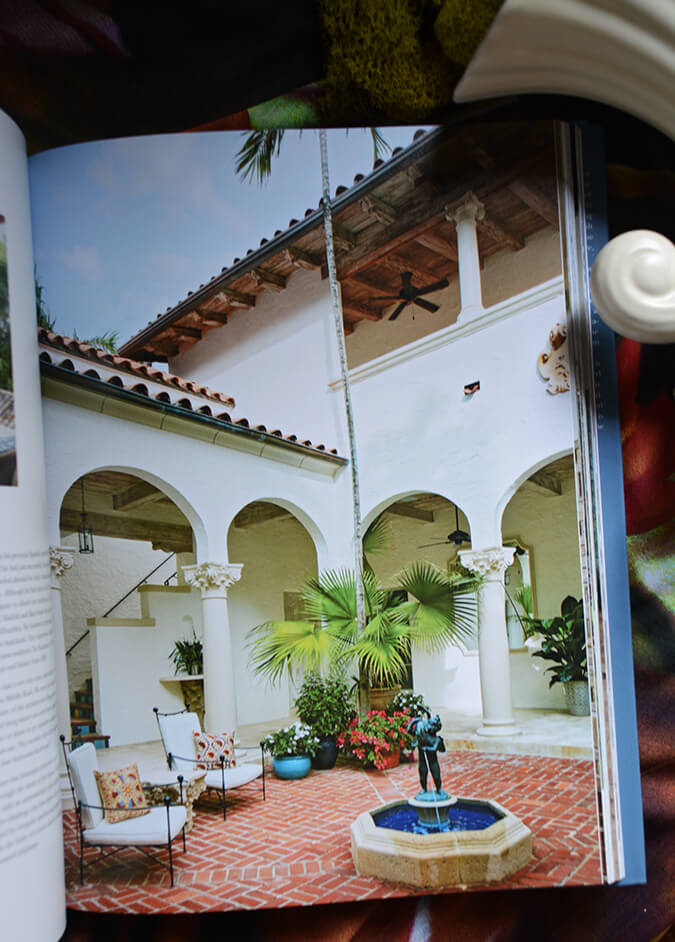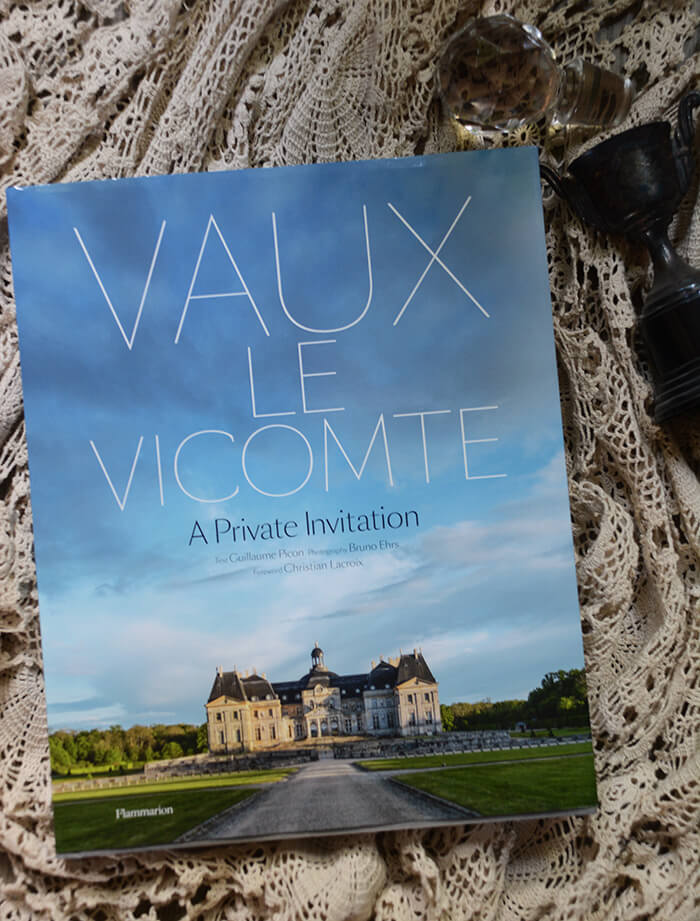New books from Rizzoli
Posted on Mon, 1 Nov 2021 by KiM
I got my hands on some newly released books over the past few weeks and I’m dying to share, so let’s get right into them!
The first one is Collected Interiors: Rooms That Tell a Story by Philip Mitchell (and Judith Nasatir). I was not very familiar with designer Philip Mitchell’s work before reading this book but as soon as I started to dive in I wondered what rock I had been living under. WOW!!! I especially love his cottage in Nova Scotia – it turns out he’s Canadian! The elegant, clean classicism of Philip Mitchell’s style is on full display in these homes, where he masterfully incorporates a wide-ranging mix of antiques, vintage collectibles, and contemporary pieces—everything from inherited furniture collections to modern art—in rooms that are filled with memories and warmth. As a master of what he calls modern maximalism, Mitchell embraces the challenge of taking wonderful things that a homeowner already has and making more of them. Brilliant photographs (Annie Schlechter) take readers on in-depth tours of nine homes, ranging from an elegant Upper East Side pied-à-terre to a classic cottage on the water in Nova Scotia.
Next is From Palm Beach to Shangri La: The Architecture of Marion Sims Wyeth by Jane Day. This one was a bit of almost a history book but that’s what made it so intriguing, to see how these properties have evolved over time.
Beauty and elegance mingle with extravagance in the Palm Beach style of architect Marion Sims Wyeth, a kind of home design that takes the standard fixtures of paradise—palm trees, ebullient fountains, glistening pools and gardens, views of the sea—and mixes them with a dash of the exotic—a Moorish-style balcony or doorway, Venetian archways, fanciful courtyards in the Spanish style, and spiraling staircases in stone and iron. Featured here are the legendary abodes of Marjorie Merriweather Post and Doris Duke—Mar-a-Lago and Shangri La, respectively—as well as the less well known but equally spectacular Hogarcito and La Claridad, to name but a few. For those unfamiliar with these dream palaces, intimate homes of repose and reflection, for the enjoyment of life and the living of it, the book serves at once as a revelation and an inspiration.
The third book is Interior Affairs: Sofia Aspe and the Art of Design. My love of Mexico meant I was pretty excited to delve into this one and it did not disappoint.
A luxurious presentation of the works by prominent Mexican interior designer Sofía Aspe, known for creating unique spaces that balance eclectic character with contemporary eras. Richly illustrated, it captures Aspe’s unique and eclectic style, where modern and contemporary unite in a harmonious mixed equilibrium of approaches and eras, generating spaces filled with timeless character. This exquisite book offers a glimpse into the process of Aspe’s world of interiors, from the international artists and local artisans she works with, to her country’s radiant colors and picturesque charm and her global reach. Reflective of Aspe’s exceptional creativity, this beautifully packaged book will feature a cloth cover with a printed textile. This collection of private interiors is a must-have for the curious, admirers of contemporary design, and art collectors.
And last but certainly not least is the book that really moved me. Vaux-le-Vicomte: A Private Invitation by Guillaume Picon, photographs by Bruno Ehrs. I remember when I first opened it up I was lounging on the sofa in the backyard with a cat and my heart skipped a beat with each turn of the page. When I heard this was a book about a castle I was so excited. This book came a few weeks after I started featuring castles on Sunday. What a coincidence!
Vaux-le-Vicomte’s rich history began in 1641 when infamous French finance minister Nicolas Fouquet, the original owner, surrounded himself with the most skilled and talented artisans of the time: the architect Louis Le Vau, the painter Charles Le Brun, and the garden designer André Le Nôtre, to create a perfect harmony between architecture and landscape. The Château de Vaux-le-Vicomte and its spectacular gardens fascinated Louis XIV and were the inspiration for Versailles. Classified as a historical monument since 1875 under the impetus of the owner at the time, the castle of Vaux-le-Vicomte quickly became a model of the artistic genius of the seventeenth century. This volume traces the château’s history from the seventeenth century through the Belle Époque, World War I, and its public opening in 1968. Exclusive photography and archival documents offer unprecedented access to the château, furnishings, and gardens, and illuminate the extraordinary secrets of court life and centuries of celebrations that include the enchanting candlelit tours held today.

